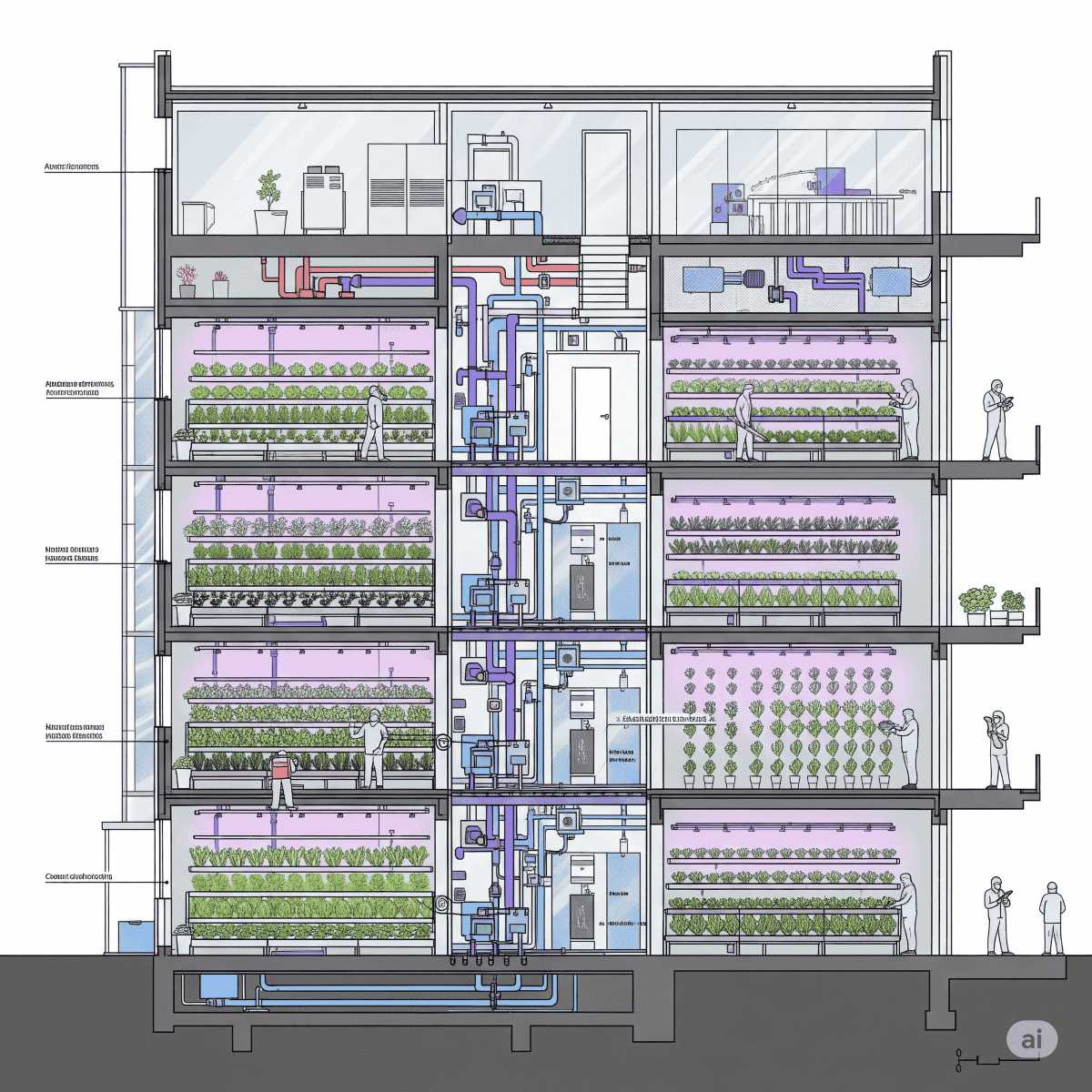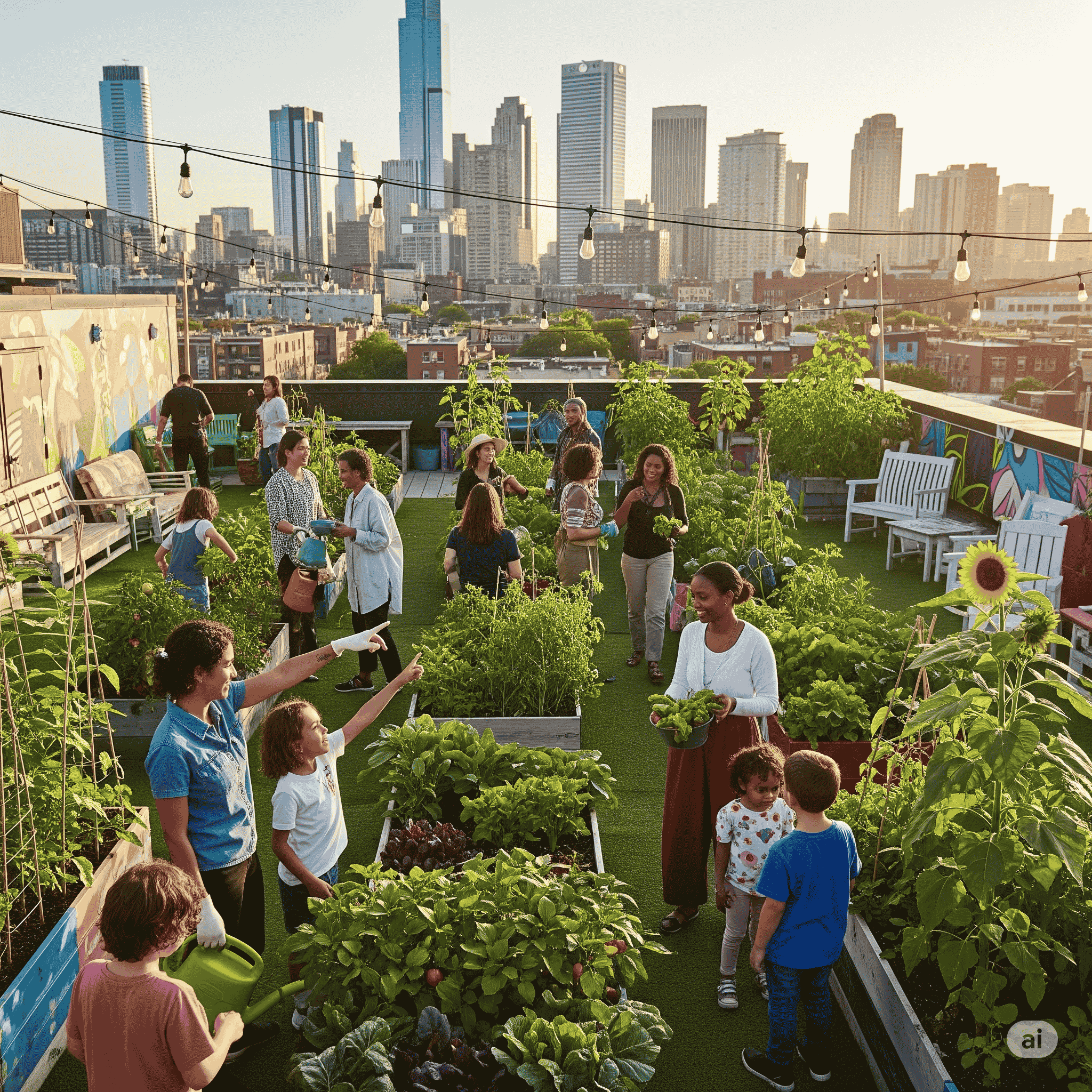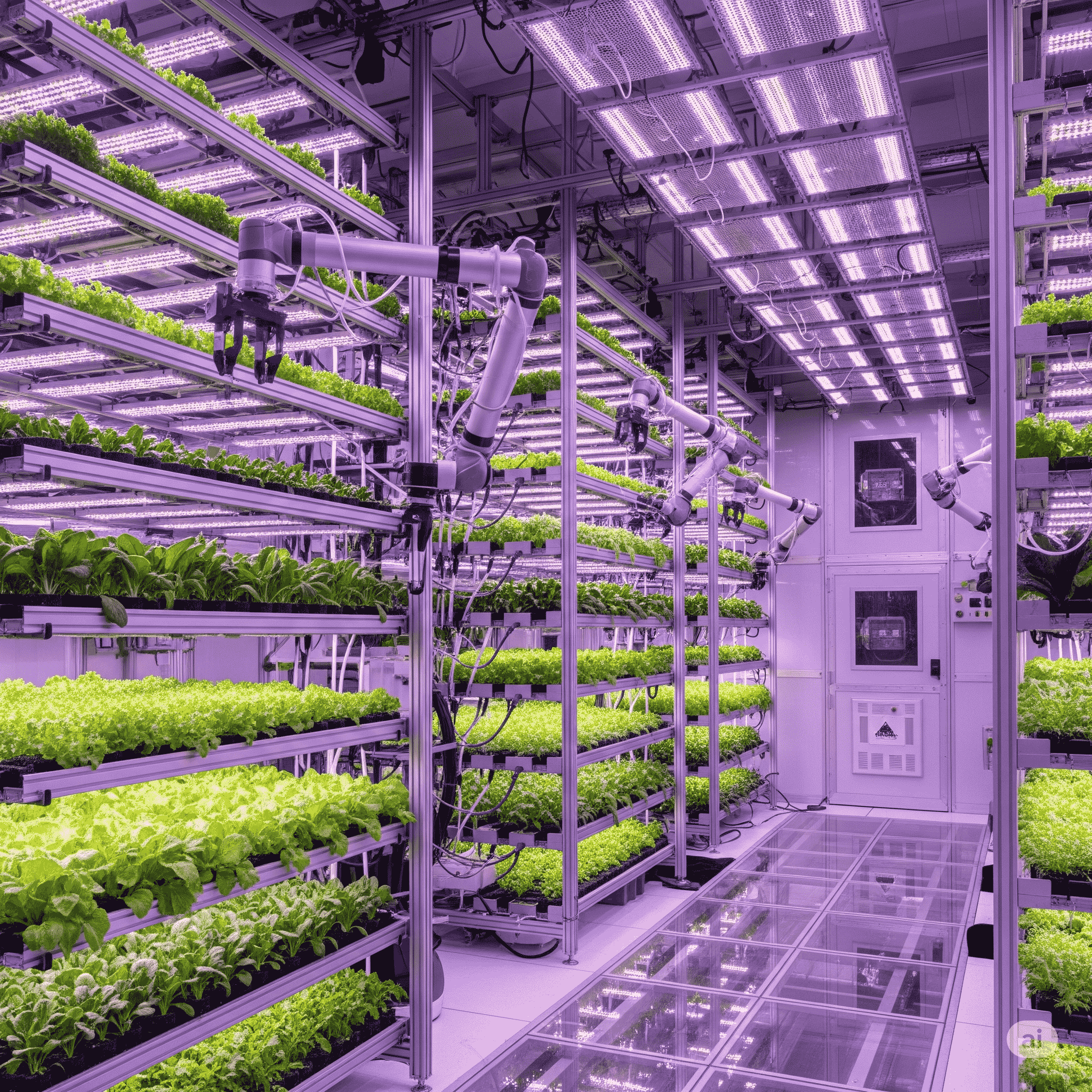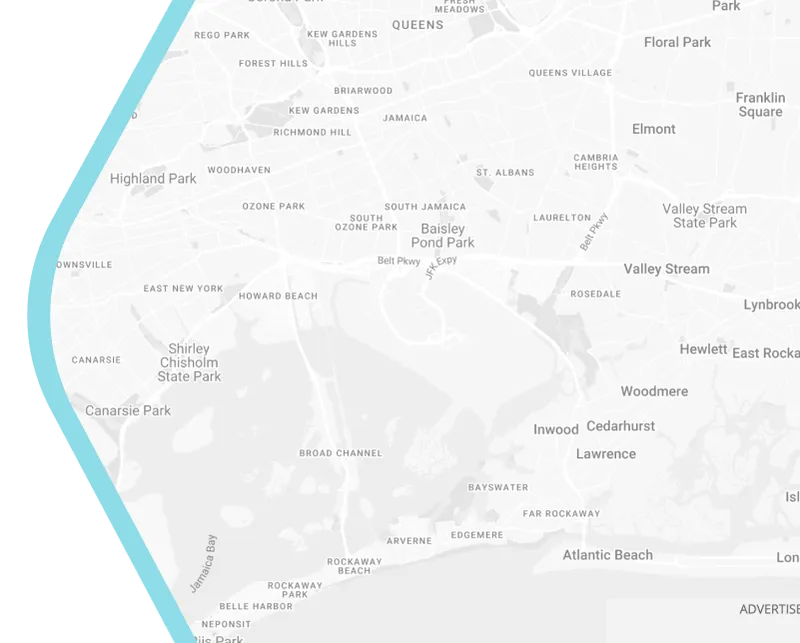
Growing Up, Not Out: Urban Farming and the Design of Sustainable Food Systems
For centuries, cities have relied on a sprawling network of farms and supply chains to feed their inhabitants. This system, while effective, has created a fundamental disconnect between where food is grown and where it is consumed. The long journey from farm to fork contributes to a significant carbon footprint, food waste, and a vulnerability to supply chain disruptions. As global populations continue to urbanize, the challenge of securing a sustainable food supply is a core tenet of modern city design. The solution, increasingly, is to look not to the countryside, but inward—to the rooftops, vacant lots, and underutilized spaces of the city itself. Urban farming and vertical agriculture are not just passing trends; they are foundational elements of a new, resilient urban food system.
This article explores how cities are designing themselves to be more self-sufficient, turning urban spaces into productive, green landscapes.
The Return to the Soil: Urban Farming in City Design
Urban farming is the practice of cultivating, processing, and distributing food in and around urban areas. It encompasses a wide range of methods, from community gardens and shared plots to commercial rooftop farms. The integration of these green spaces is a key aspect of smart urban design, offering a multitude of benefits that extend far beyond simply producing food.
1. Land Use and Green Space PlanningCity planners are beginning to view every piece of land as a potential asset. Rooftops, for example, can be repurposed for green roofs and farms, which not only produce food but also provide insulation, reduce the urban heat island effect, and manage stormwater runoff. Community gardens on vacant lots transform blighted areas into vibrant, social hubs, enhancing neighborhood cohesion and property values.
2. Localized Food Systems and ResilienceBy producing food closer to consumers, urban farming dramatically shortens the supply chain. This reduces "food miles"—the distance food travels—which in turn lowers transportation-related emissions and ensures fresher produce. During a crisis, a decentralized food system can provide a critical safety net, insulating the community from disruptions that might affect the global supply chain. For a deeper look into the future of urban food, see our article on what a smart food city looks like.
Vertical Agriculture: The High-Tech Solution for Dense Cities
In densely populated cities where horizontal space is a premium, vertical agriculture offers an elegant and powerful solution. Vertical farms grow crops in stacked layers, often within controlled indoor environments like warehouses or repurposed buildings. This approach allows for year-round production, regardless of external weather conditions.

3. Resource Efficiency and Sustainable PracticesVertical agriculture is a marvel of resource efficiency. These systems typically use hydroponics or aeroponics, which require up to 95% less water than traditional farming. By carefully controlling light, temperature, and nutrients, vertical farms can achieve higher yields per square foot with a fraction of the resources. The closed-loop nature of many of these systems also eliminates the need for pesticides and herbicides, leading to healthier, cleaner produce.
This focus on green infrastructure and resource efficiency is a fundamental design principle for any resilient city, a concept we explore further in our piece on green infrastructure's role in driving resilience.
Integrating Nature and Technology
While urban farming and vertical agriculture might seem to be on opposite ends of the technological spectrum, they both contribute to a similar goal: creating a city that is more integrated with its natural systems.
- Social and Educational Benefits: Community gardens and urban farms serve as valuable educational tools, reconnecting residents, especially children, with the source of their food. They foster social cohesion and can be part of broader initiatives to rewild urban spaces by creating habitats for pollinators and other wildlife.
- The Circular Economy: Urban farming is a cornerstone of a circular city. By using compost from food waste to enrich urban soil, cities can close the loop on nutrient cycles. This innovative approach to resource management is further enhanced by solutions like biochar for urban soil regeneration, which turns organic waste into a valuable soil amendment.
The Path Forward: Designing Food-Secure Cities
Integrating urban agriculture into city design is not without its challenges. It requires changes to zoning laws, public-private partnerships to fund infrastructure, and careful planning to ensure these spaces are accessible and equitable. However, cities around the world are already embracing this challenge. Singapore, for example, aims to produce 30% of its food locally by 2030, a goal driven by ambitious urban farming initiatives.
By thinking of food production as a core element of urban planning, cities can create more than just sustainable food systems. They can build stronger communities, healthier environments, and more resilient economies. The next generation of city design is not just about building smarter homes or faster transit; it's about building a city that can feed itself.

Ready to Cultivate a Smarter Future for Your City?
Integrating urban farming and decentralized food systems into your city’s master plan is a powerful step toward building a more resilient and sustainable community. At Smart City Solutions, we provide the strategic guidance and technical expertise to help you navigate the complexities of urban agriculture.
Our team works with municipalities, developers, and community leaders to design innovative food systems that are both productive and seamlessly integrated into the urban fabric.
Contact us today to schedule a consultation and learn how we can help you build a smarter, more sustainable future for your community.
